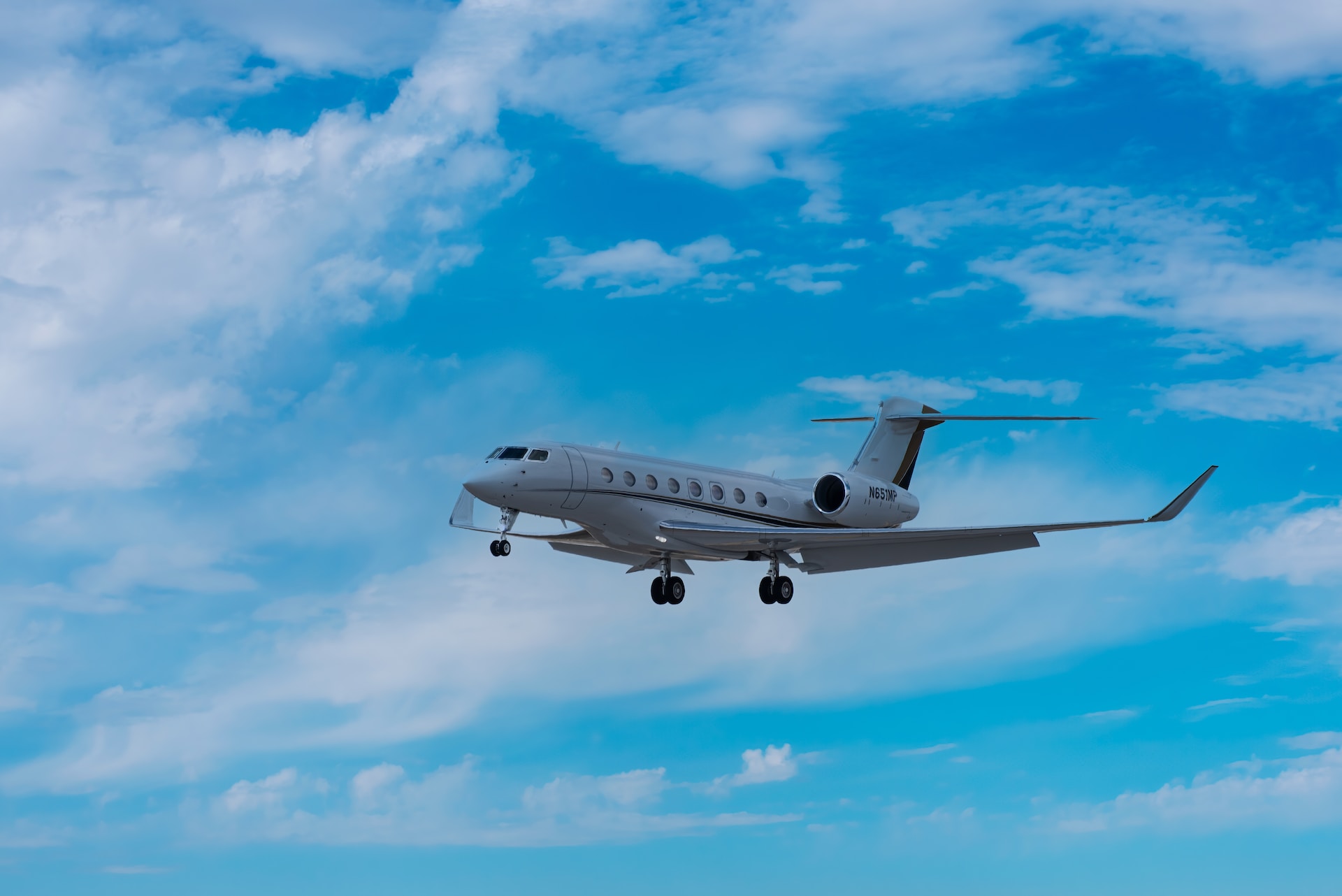The airline industry has long been criticized for its lack of diversity and cultural sensitivity. However, in recent years, several US air carriers have taken steps to address this issue, by introducing new, culturally sensitive plane designs that reflect the unique cultures and identities of their customers.
Delta Airlines, for example, recently unveiled their new A220 aircraft, which features a design inspired by the vibrant colors and patterns of West African textiles. The design was created in collaboration with Nigerian-born artist, Victor Ekpuk, and reflects the airline’s commitment to diversity and inclusion.
Similarly, Alaska Airlines has introduced their new Boeing 737-900ER aircraft, which features a design inspired by the vibrant colors and patterns of Native Alaskan art. The design was created in collaboration with Tlingit artist, Tlingit artist, and reflects the airline’s commitment to honoring the cultures and traditions of the communities they serve.
United Airlines has also joined the trend, with the introduction of their new Boeing 737-800 aircraft, which features a design inspired by the vibrant colors and patterns of the cultures of Hawaii. The design was created in collaboration with local artists and reflects the airline’s commitment to celebrating the unique cultures and identities of their customers.
These new plane designs are a sign of the growing importance of cultural sensitivity in the airline industry, as airlines seek to reflect the values and aspirations of their customers. The new designs are thoughtfully crafted to reflect the unique cultures and identities of the airlines, and to create a sense of connection and community among passengers.
Delta Airlines’ A220 aircraft, for example, features a design inspired by West African textiles, which are known for their vibrant colors and intricate patterns. The design reflects the airline’s commitment to diversity and inclusion, and to celebrating the rich cultural heritage of West Africa.
Similarly, Alaska Airlines’ Boeing 737-900ER aircraft features a design inspired by Native Alaskan art, which is known for its bold colors and intricate designs. The design reflects the airline’s commitment to honoring the cultures and traditions of the communities they serve, and to creating a sense of connection and community among passengers.
United Airlines’ Boeing 737-800 aircraft also reflects the company’s commitment to cultural sensitivity, with a design inspired by the vibrant colors and patterns of the cultures of Hawaii. The design reflects the airline’s commitment to celebrating the unique cultures and identities of their customers, and to creating a sense of connection and community among passengers.
Overall, the new plane designs are a welcome addition to the airline industry, and a sign of the growing importance of cultural sensitivity in the sector. As airlines continue to innovate and adapt to the changing needs of consumers, we can expect to see more thoughtfully crafted designs and amenities that reflect the unique cultures and identities of their customers.
However, it is important to note that the airline industry still has a long way to go in terms of cultural sensitivity. While the new plane designs are a step in the right direction, there is still much work to be done to ensure that the industry is truly representative of the diverse communities it serves.
In conclusion, the new, culturally sensitive plane designs introduced by US air carriers are a testament to the power of diversity and inclusion, and a sign of the growing importance of cultural sensitivity in the airline industry. As airlines continue to evolve and adapt to the changing needs of consumers, we can expect to see more thoughtfully crafted designs and amenities that reflect the unique cultures and identities of their customers, and that create a sense of connection and community among passengers. The tapestry in the skies is becoming more diverse and inclusive, and it is a beautiful sight to behold.











